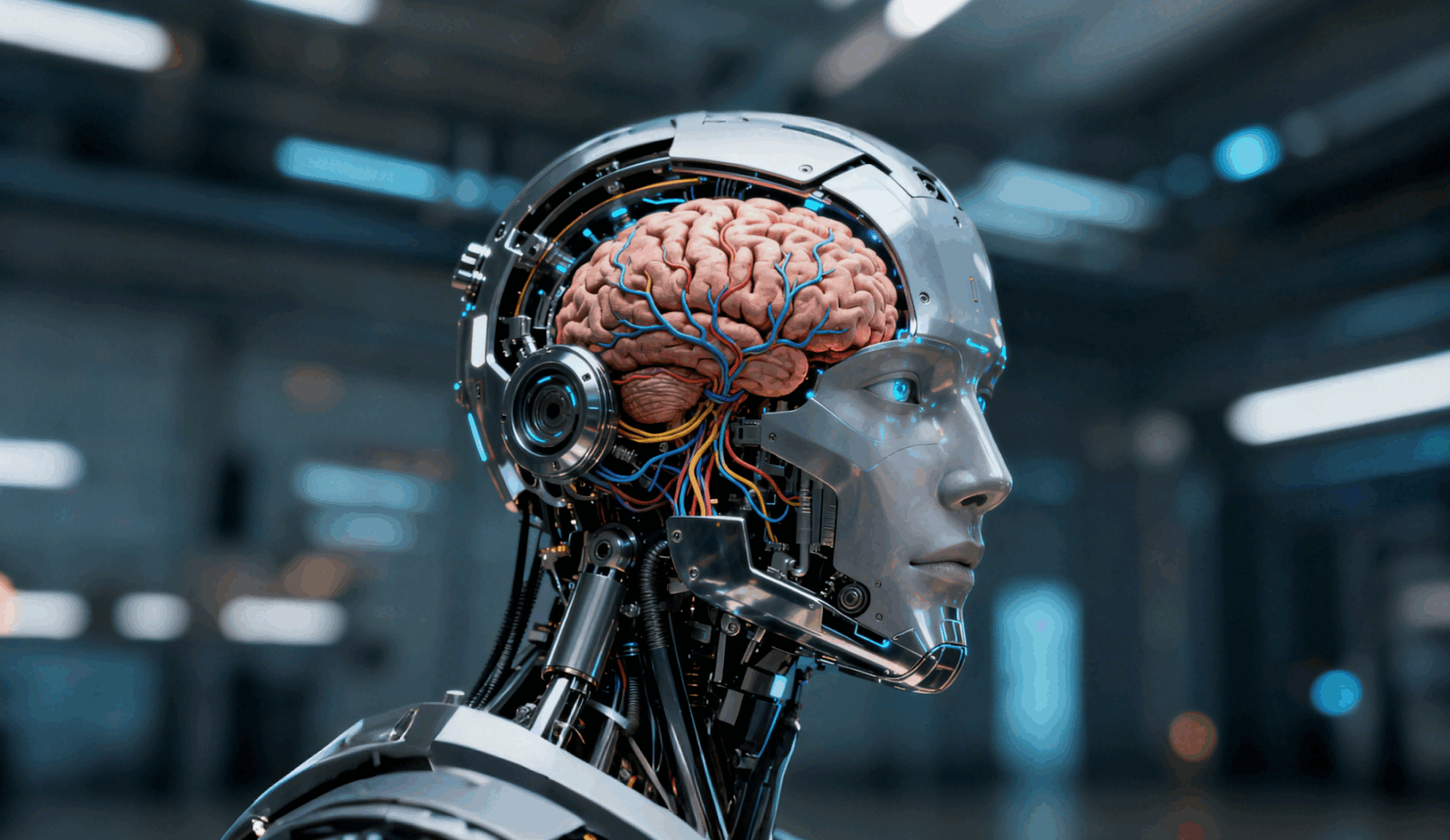From the Proposal to the Sight of a Black Hole, the Efforts of Nearly Ten Generations Are Behind It

Faced with the massive amount of data generated by astronomical experiments, AI technologies such as machine learning and neural networks can greatly improve data processing efficiency. GAN can repair images that have been damaged or lost pixels, or make blurry photos clear. In addition, AI can also provide some new ideas for scientific research.
At 9 pm on April 10, 2019, scientists involved in the EHT project will release photos of black holes in many places around the world. This mysterious and fantasy-filled celestial body will reveal its true face tonight!
This is the first time in history that carbon-based life has directly "seen" a black hole.But you know, without the help of AI technology, this moment may be a long way off.

Faced with the huge amount of data generated by astronomical experiments (several TB of data are generated every day), it is unimaginable to rely solely on human teams to handle it. Therefore, AI has become an important tool for scientists.
Desperately large amounts of astronomy data require AI
Astronomy has long been surrounded by a despairing amount of data.
For example, the Square Kilometer Array, a radio telescope that has been in use since the 20th century, now generates data each year equivalent to the entire Internet traffic.
Without the help of supercomputers and the assistance of intelligent algorithms, the release of the black hole "photo" would be delayed indefinitely.
The intervention of AI makes things clearer.Through AI technologies such as machine learning and neural networks, efficient and reliable results can be obtained with minimal human input.

At present, a lot of artificial intelligence content has actually been introduced into astronomical research, such as: using machine learning algorithms to archive and classify astronomical observation data; using machine learning models to predict space weather, solar activity, and discover new celestial bodies.
Researchers at the University of Kansas say the number of astronomy papers using machine learning has increased at least fivefold in the past five years.
Analyzing data with AI
Back in 2007, scientist Schawinski was faced with a daunting task: classifying thousands of galaxies based on their appearance.
Because there was no ready-made software for this task at the time, he came up with a solution: crowdsourcing the task to ordinary netizens, asking them to help mark and complete the classification, which was a big project. But today,Using AI, this daunting task can be completed in just an afternoon.
According to David Hogg, an astronomer at New York University, his work is inseparable from AI.Use techniques such as neural networks to classify stars from spectra and use data-driven models to study some of the physical properties of stars.
In a paper published in Astronomy & Astrophysics last December, a team from ETH Zurich reported thatUse generative models to study the physical changes that galaxies undergo during their evolution.Their model creates artificial data sets as a way to simulate and test physical processes. For example, they used the model to simulate the phenomenon that the formation rate of stars decreases sharply as the density of the galactic environment increases.

Leveraging machine learning algorithms to make new discoveries
Kai Polsterer leads an astroinformatics group at the Heidelberg Institute for Theoretical Studies, which focuses on data-centric approaches to astrophysics. Recently, they used machine learning algorithms to extract redshift information (an effect that demonstrates the expansion of the universe) from galaxy datasets, which was previously a difficult task.
Elena Rossi, a researcher at the Leiden Observatory in the Netherlands, built a neural network model to extract the desired features from the data when studying extremely rare hypervelocity stars, and then further filtered and extracted them.
The algorithm was used in photos released by the Gaia satellite.80 candidate hypervelocity stars were selected from 1 billion stars, and after the final analysis by scientists, 6 hypervelocity stars were confirmed.This number is a good harvest for the first round of searches.
But Polsterer also pointed out that AI systems are not perfect yet, and most algorithms can only do the work they have been trained to do.Sometimes, it goes wrong.For example, if you give it a picture of a galaxy, the software can estimate the galaxy's redshift information and age, but if you give the system any random picture, such as a selfie or a fish, it will also output a result.
Therefore, at this stage, the use of AI still requires the supervision and training of human scientists.
AI has successfully "hunted" exoplanets
Although there is still some way to go, AI has achieved some results in astronomy.Searching for exoplanets.
Hunting exoplanets from the universe is a very difficult task. Compared with their host stars, exoplanets not only cannot generate heat, but are also too small. It is like looking for a firefly flying under a searchlight thousands of miles away.
In the past, astrophysicists have searched for exoplanets mainly by manually and using automated software to analyze large amounts of data from NASA's Kepler project.

These data points make up about 2 quadrillion possible planetary orbits, and finding a planet in such a huge database would take even the most powerful computers a long time.The emergence of machine learning has effectively shortened this time.
In 2017, Chris Shallue, a Google AI researcher who is passionate about space exploration, together with Andrew Vanderburg, an astrophysicist at UT Austin (University of Texas at Austin), successfully discovered two new planets: 80g and 90i in the Kepler-90 galaxy 2,545 light-years away from Earth through a TensorFlow model.

In order to improve the accuracy of the TensorFlow model in identifying planets and avoid mistaking other celestial bodies such as starspots and binary stars for planets, engineers used a dataset of more than 15,000 Kepler signals to train the model. Their results also proved thatThe accuracy of machine learning exceeds 90%, that is to say, it is feasible to use AI to explore the universe and discover new celestial bodies.
Just a few days ago, Anne Dattilo, a student at the University of Texas, used a simple AI algorithm to discover two exoplanets 1,300 light-years away from the observation data of the Kepler telescope.
When data forms an ocean, manual processing is like looking for a needle in a haystack, but if it is handed over to AI, it may be a piece of cake.
It took two years to process the data in order to "see" the black hole
Back to the matter of "seeing" black holes, perhaps such discoveries will not affect our daily lives for a long time. But don't forget that thousands of years ago, people began to look up at the stars, which led to today's magnificent space exploration. The intervention of AI may just give wings to our exploration.
For a long time, people's understanding of black holes, apart from theoretical conceptual descriptions, is just some science fiction renderings and pictures of artistic imagination.

The name of a black hole is a very vivid one, explaining its characteristic of "accepting everything": a celestial body with huge mass will form an extremely strong attraction, and any object passing through it will be absorbed in, even light cannot escape.
To be more precise, it has such a strong gravitational pull that light cannot escape its sphere of influence, which is called the "event horizon" of the black hole.Within the event horizon, light is "swallowed", and since the black hole itself does not emit light, it cannot be observed directly.
So how did we observe this press release?
In fact, this time, we still focus on the surrounding effects caused by black holes. Sometimes, the gas cloud around the black hole will get very close. Under the huge gravitational force, the gas cloud will rotate around the black hole to form a material disk. The gas is heated by friction and emits strong radiation. And the rotation speed is getting faster and faster, and finally it passes through the event horizon and disappears forever in the black hole.What the Event Horizon Telescope observes is the disc-shaped ring of light surrounding the outline of a black hole.
But to observe this phenomenon, in addition to choosing a black hole of appropriate size and distance, you also need a telescope with a large enough resolution.
In 2017, multiple telescopes from around the world formed a powerful observation array called the Event Horizon Telescope (EHT) through interferometric imaging technology, and the objects of observation were the Sagittarius A* black hole at the center of the Milky Way and the black hole of the galaxy M87.

After making such a deployment, it is just enough to photograph the black hole.These radio telescopes do not take pictures directly, but collect large amounts of data, which are then processed into images by scientists.
From the completion of the "shooting" to the final release, it took a long two years. Because the amount of data is as high as PB level, in addition to transporting and aggregating data from various places, the final analysis and calculation also took a lot of time. According to relevant reports,In the processing, related techniques such as "principal component analysis" are also used.
More than 230 years have passed since scientists first proposed the concept of black holes in 1783, and now is the moment we are closest to the truth about black holes. We will have the opportunity to become the first audience to know the answer.
As for the specific details and final results, let's look forward to the press conference tonight! The EHT project team and the Chinese Academy of Sciences will release this latest achievement at the Shanghai Astronomical Observatory.
The press conference time is Beijing time April 10, 2019 21:00, released simultaneously in six locations around the world, including Shanghai, Brussels, Belgium (English), Santiago, Chile (Spanish), Tokyo, Japan (Japanese), Taipei, China (Chinese) and Washington, USA (English).
Let us look forward to the arrival of this historic moment together!


